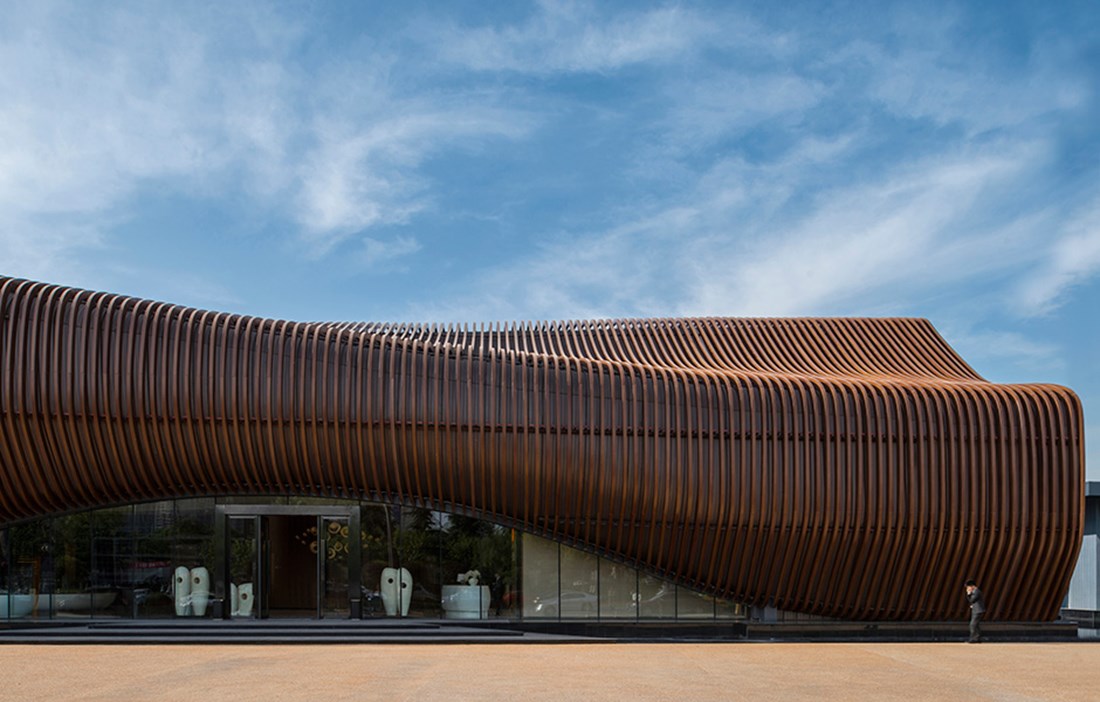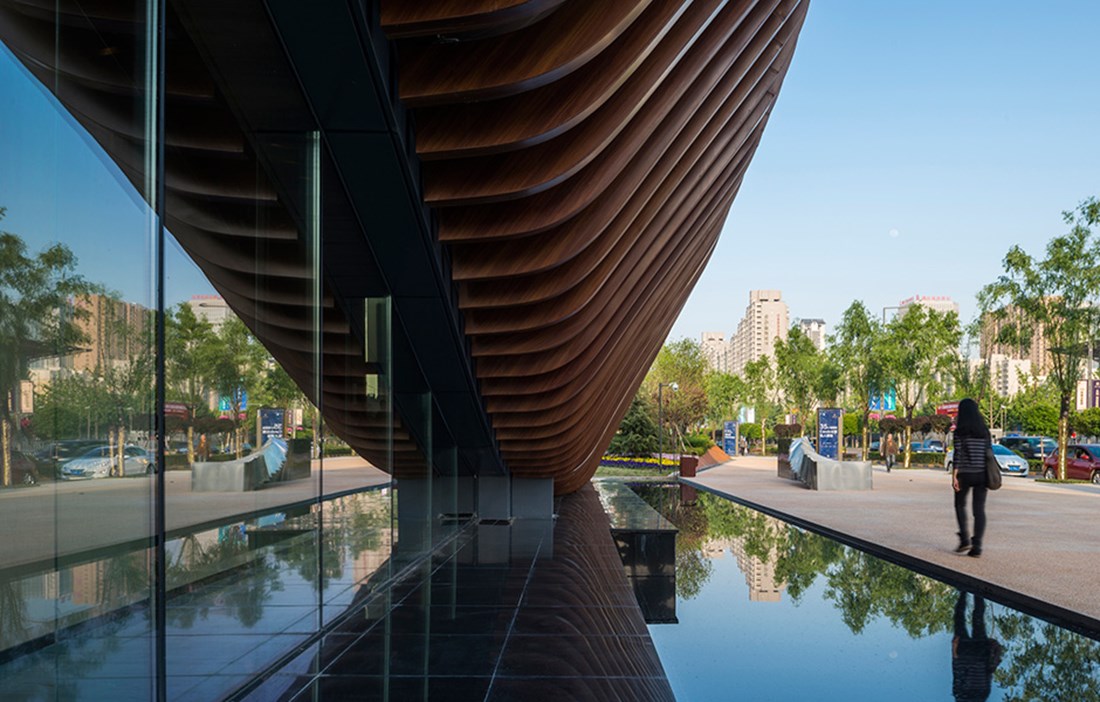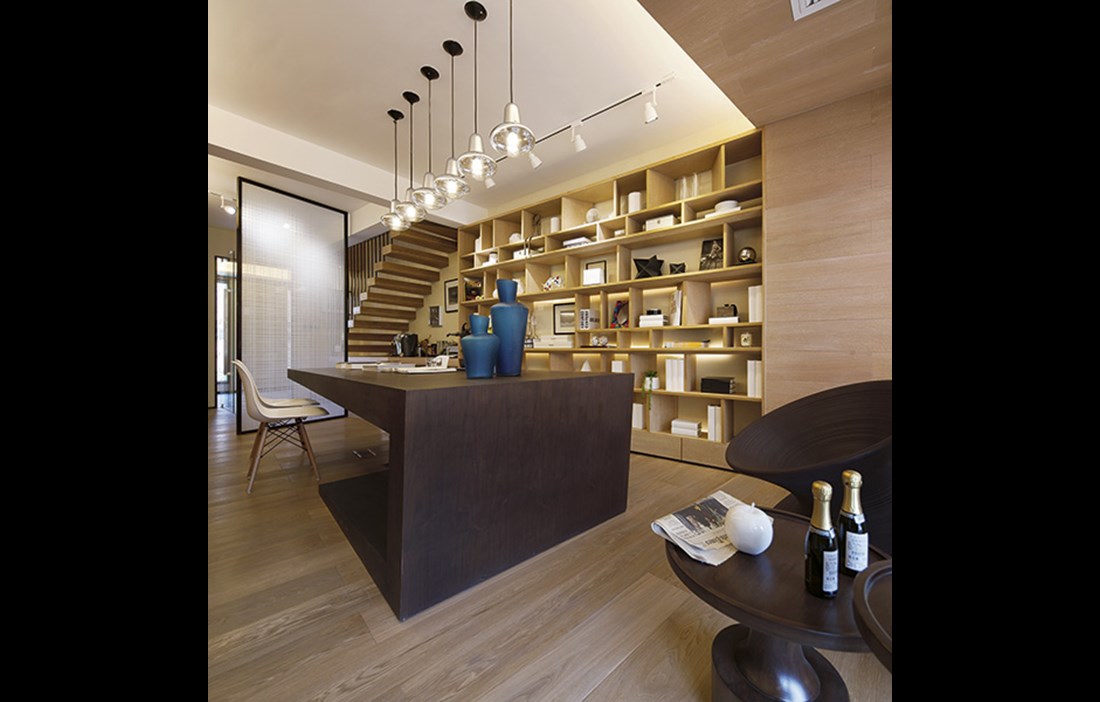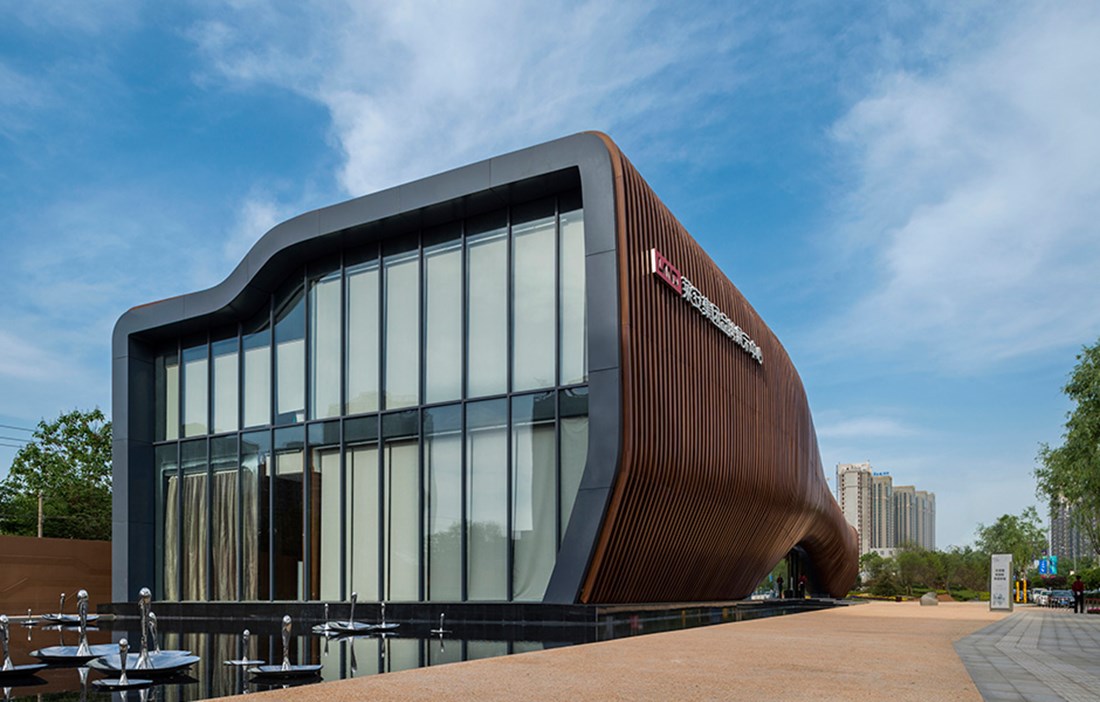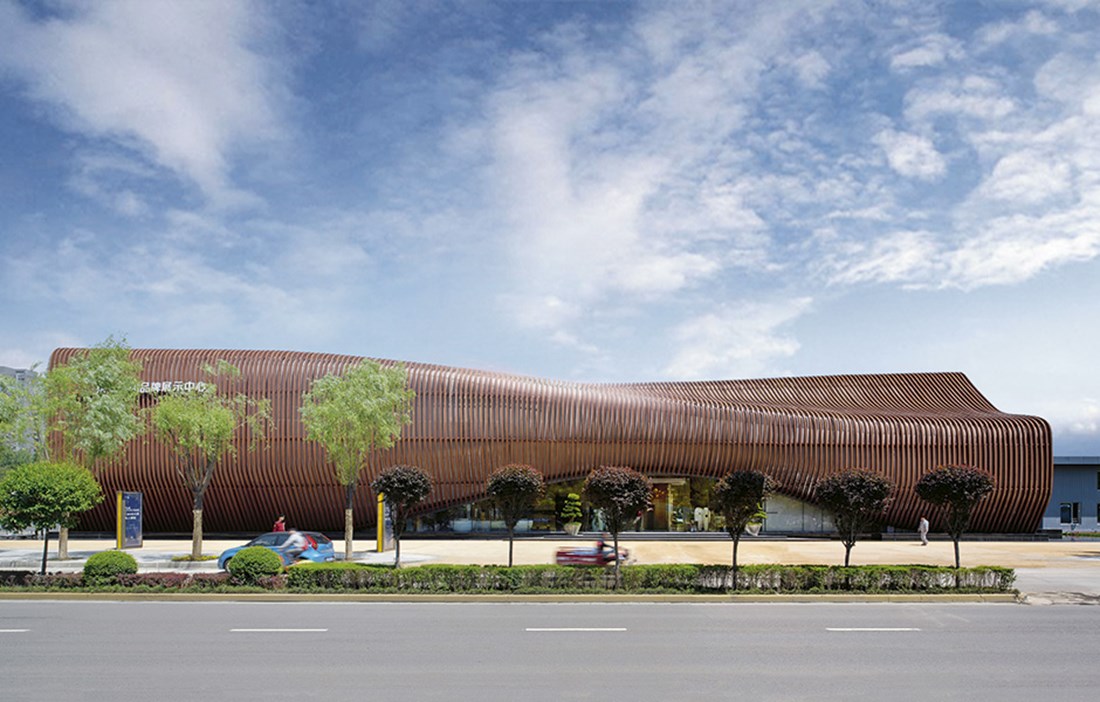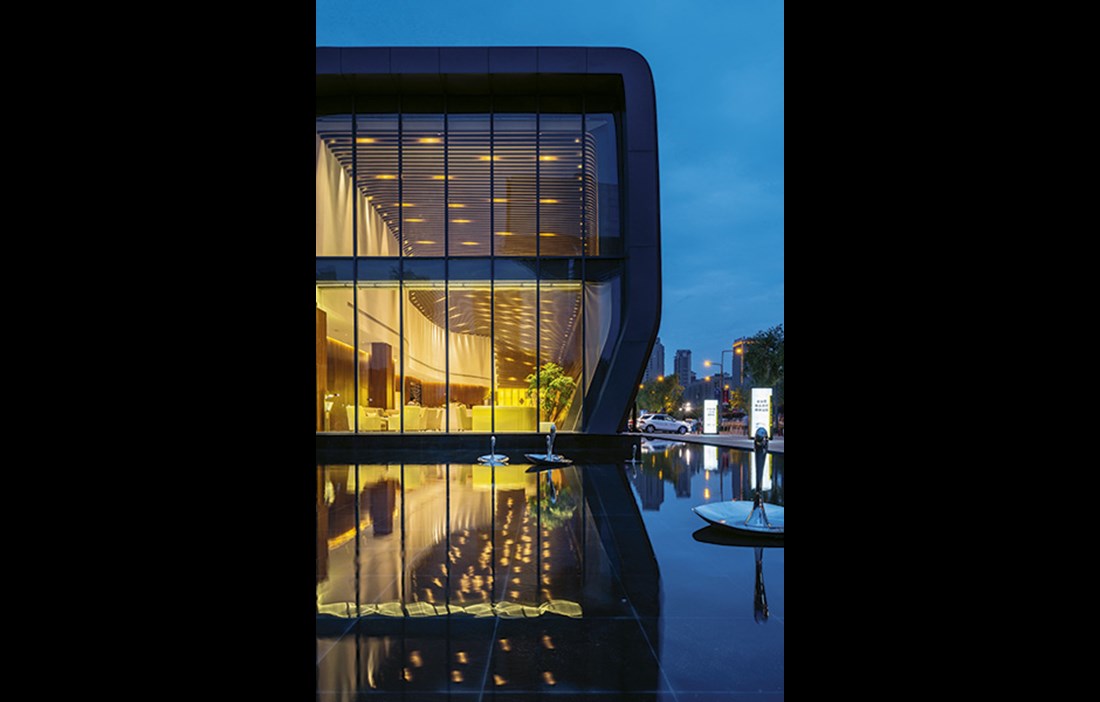XIAN IS THE capital of the Shaanxi Province in north-eastern China and was founded over 3,000 years ago. For a third of that time, Xian also served as the capital of China. Thirteen dynasties had their power bases here, but in the early 10th century, the city lost its importance.
Today Xian has a new-found status as one of China’s three most popular cities for tourism. This has given it a renewed self-confidence and an economic boost. One of the city’s leading attractions is the world-famous Terracotta Army, which was discovered only 40 years ago.
LAND, ONE OF the biggest property developers in the region, recently commissioned the interactive LAND Experience Center (LEC), where companies can present their visions and development plans for the city centre and at the same time market themselves. The internal floor space is around 2,200 square metres, a space that includes an exhibition hall, an activity room, administrative offices and a separate exhibition wing. However, the first thing to strike visitors is the eye-catching sculptural exterior. The billowing form has been designed to interact with its backdrop of a rolling landscape and urban cityscape. The LAND Experience Center lies on the border between the old core of the city and the burgeoning modern areas, creating a kind of gateway between them, small and intimate yet generous in its scope.
The idea is that the building reflects Xian’s dynamism and double identity, a city rich in history that at the same time is looking ambitiously towards the future, explains chief designer Ping Jiang at the architectural firm Aedas, which designed the LEC.
“We battled hard to come up with a modern interpretation of the architecture in this imperial city. We looked for inspiration in the provincial landscape, antique artefacts, local architecture and so on. The design of the building is influenced more by methods in contemporary art than by specific trends in construction.”
IN ADDITION TO its look, the LEC stands out in another crucial way. Much of the building, including the facade, is made of wood. This is unusual in China, where wood tends to be used very little as a construction material. The main emphasis generally lies on concrete and steel structures with plenty of glass.
“But in ancient China, there was a long tradition of building in wood. It’s only in modern times that it has fallen out of favour,” says Ping Jiang.
He is highly optimistic about the future of wood as a construction material in China. The country is not only the largest economy, but also the biggest construction market in the world. There is a shortage of construction materials, and China therefore needs alternative materials for its enormous building programme. In addition, the country is expected to take a more sustainable and eco-friendly approach to construction in future.
“The sustainable character of wood and the material’s unique aesthetic offer unique opportunities for the Chinese construction industry to re-examine its attitude towards wooden architecture. With more and more architects and developers preferring the material, a number of projects have been given the green light recently.”
AS SUCH, THE LAND Experience Center points towards the future. An important part of the building is the striking veneered plywood facade. The material is used over the whole pavilion to create a warm feel. The veneered plywood is supported by thick aluminium tubing, which has been bent in certain places to create the dynamic geometry of the building. In addition to the wood cladding, the exterior also features a wall and roof system in metal with standing seams, which envelopes the building.
According to Ping Jiang, it is this latter structure that fulfils the requirements concerning ventilation, acoustics and fire safety. The building is essentially a steel structure, but with eye-catching use of wood that sets the tone. Ping Jiang estimates that around 12 percent of the building is made from wood.
“This is a mature, high-performance system that is starting to be used more widely in China. The LEC has also been erected on a specially constructed raft foundation, which makes the building portable. The idea is that it will eventually be moved to a nearby park and converted into a museum of modern art. Its relatively small scale also makes the building easy to maintain,” relates Ping Jiang.
“It is only two stories high, so it can be kept in good condition using a pressure washer.”
Text Johan Bentzel

